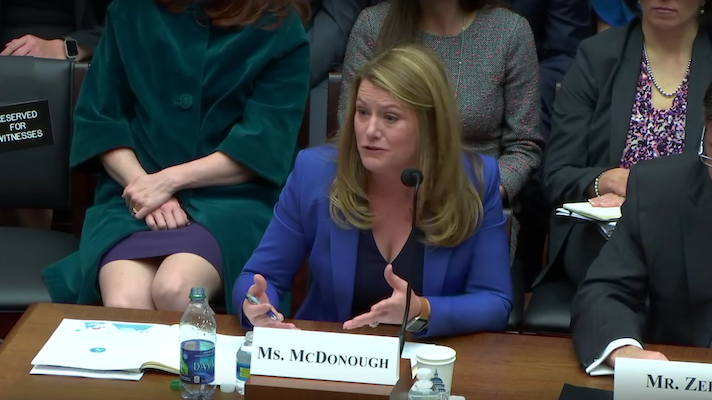Vice President and General Manager at Fitbit Wellness, Amy McDonough, testified before a congressional hearing last week in a session entitled “Innovations in Health Care: Exploring Free-Market Solutions for a Healthy Workforce”. As the leader of Fitbit’s corporate wellness product, McDonough is able to share a number of insights on the state of employee health. Below are a few excerpts from and comments on her testimony.
Employers And Employees Are Unique

“We have a specific vision of wellness, one that addresses the diverse needs of both organizations and the people that power them. The fundamental goal of any wellness program should be to provide opportunities for individuals to improve their health and wellness.”
We couldn’t agree more with the comment, but this perspective forces us to think about corporate wellness differently. Since employers and employees are so diverse, building a program around a single wearable device brand (Fitbit or other) is limiting to the users who prefer something different. As such, employers should embrace the diversity of their organizations by building their programs around a diverse group of consumer technologies, which includes devices and mobile apps.
Consumer Technology Movement
“The adoption rate can sometimes be a barrier, but what’s great about consumer technology is you’re able to capitalize on a movement that’s already happening in the marketplace and being able to increase those participation rates.”
Since Fitbit has less than 30% market share of devices sold in 2015, embracing the consumer movement would also mean embracing non-Fitbit devices that consumer are buying, such as Apple’s Watch. Combined with the aforementioned diversity argument, limiting a program just to Fitbit doesn’t make sense for employers. Target adopted the Fitbit Wellness solution without asking a few key questions that would have led them down a different path, and as a result, they were not able to address the diversity of their population or ride the consumer technology wave to greater participation.
Value On Investment
“There’s a value on investment, termed VOI, which includes productivity and absenteeism and things like that. Employers are looking holistically across that. But there’s not always an expectation for most employees that there’s going to be a direct healthcare savings cost in the next year.”
More and more employers are dropping outcomes-based programs focused on traditional ROI for VOI assessments of their program. In fact, twice as many organizations are now tracking VOI relative to ROI for wellness programs.












